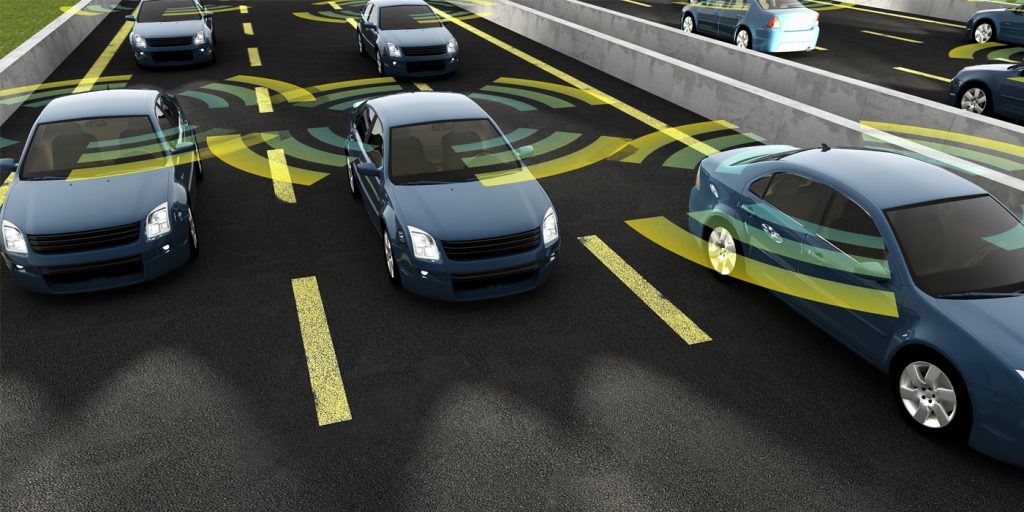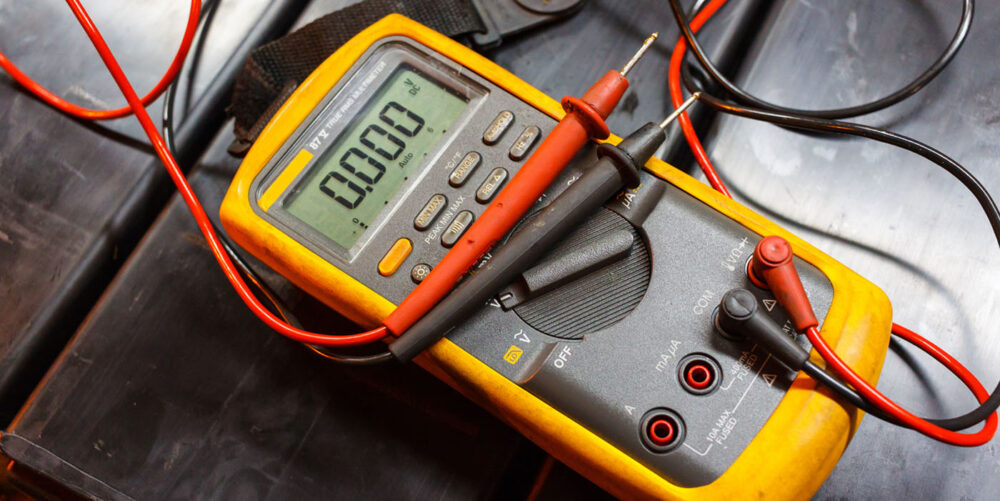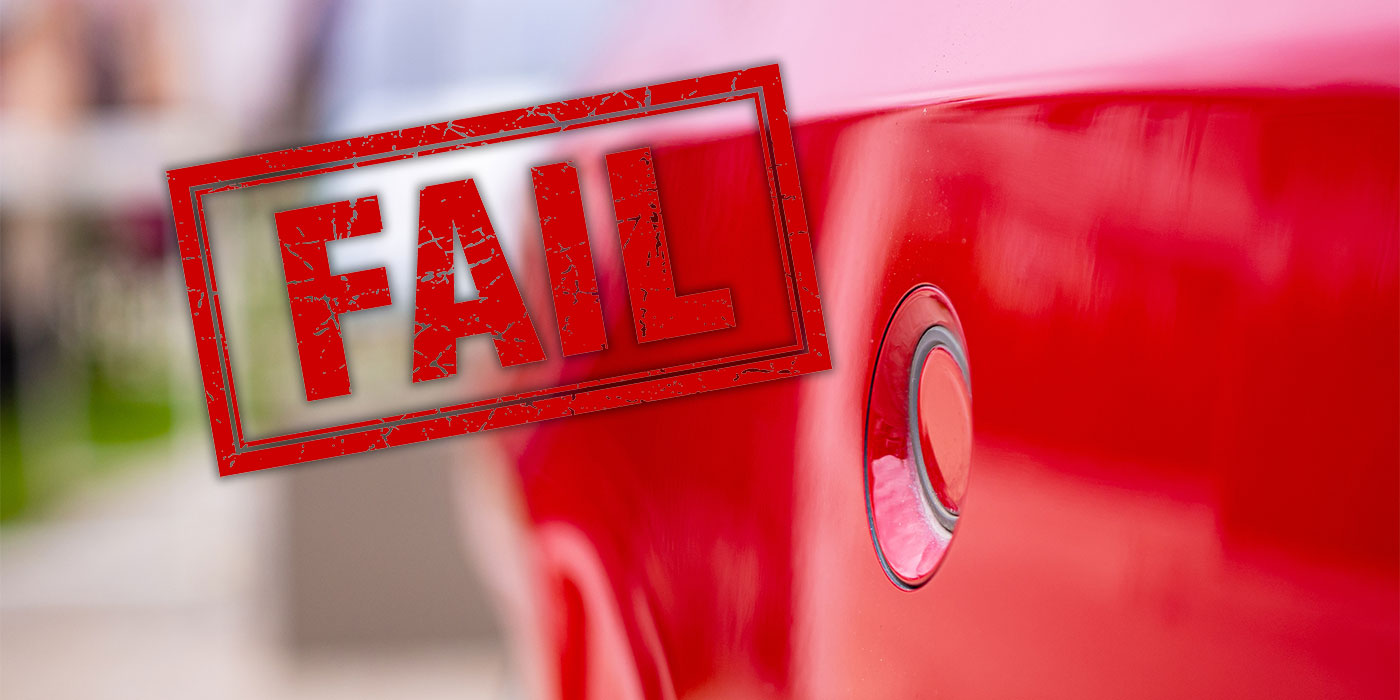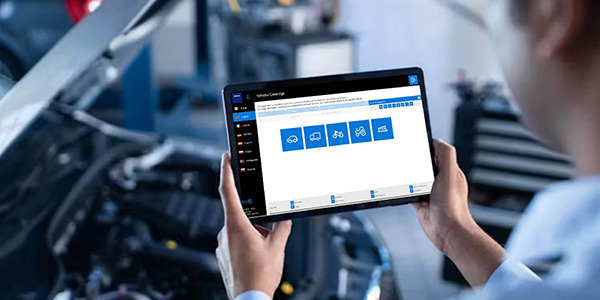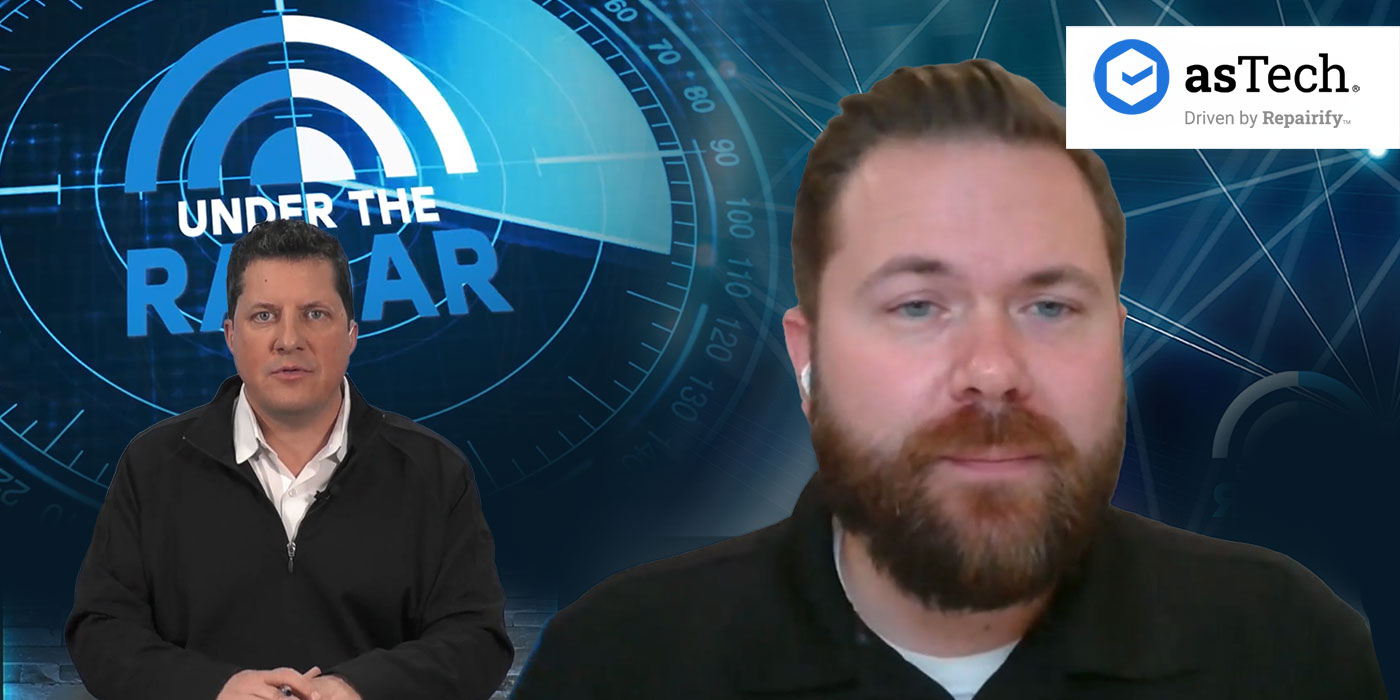We’ve all been there. There’s a damaged vehicle sitting in our lot. Ask three people how they would repair the damage and you’ll get three different answers. The answers will be based on what they think, believe or have experienced. Now, give instructions from the vehicle manufacturer to the same three people and the repair processes will be more similar. Not perfect, but we’ll work on that.
Now let’s look at two totally different vehicles manufactured today – Ford and Audi, for example. Will the repair procedures be the same between these two vehicle manufacturers? Even if both vehicles have similar damage? We all know the answer is no. Each manufacturer has different guidelines. These procedures change frequently, even in same-model years on the same vehicle. I know some procedures or best practices may be very similar, but nothing is universal. We do know there will be different labor times and different necessary procedures to complete vehicles correctly. To know the proper procedures, a shop will have to research the manufacturer for information.
Blueprinting a vehicle for damage has changed the industry and introduced a more organized repair process. Proper use of blueprinting provides the shop with the parts and processes that need to be done. A subset of this process is electronic blueprinting. This establishes what electronics and systems are in a vehicle. It also establishes what must be done electronically for repairs, R&I, and replacement of parts and components affecting any sensor or computer.
This is all so new to all of us. There is so much confusion and misinformation on electronics that we all need to get on the same page. When I see a standard price that covers all vehicles for a procedure, I tend to get nervous. What is it based on?
Market rates are established in different ways by many different entities. They can be established by a shop, MSO, insurer, dealer service or local vendor. The point is we need to be sure that all procedures are considered. We also need to be sure we’re all talking the same language.
Remember this important fact in our world: when you take on the repair of a vehicle, you’ve presented yourself as the expert on that repair. You have all the training and equipment to repair the vehicle correctly and assume liability for all the work performed. So, your people must be trained in the proper research of vehicle information and in the use of the proper equipment and materials. This is a harsh reality to most shops, particularly in obtaining repair procedures. They can be hard to find, and hopefully your source of information is up to date and/or correct.
Apples to Oranges
My latest experience with this market confusion on pricing was a glass claim. A shop replaced the windshield of a 2019 vehicle equipped with an ADAS camera. After replacement, this vehicle requires a recalibration of the camera. When the glass company called the third-party administrator or TPA who handles the glass claims for the insurance company to get the recalibration approved, it was denied due to the price of the service. The glass company was informed the insurer would only pay XX dollars, as this was the market rate.
The glass company asked for my help, as this market rate was well below what the dealer was going to charge them. I called the TPA and asked how they had established the market rate. I was then informed the company they were representing establishes the price and that it is proprietary information. The TPA commented that if the glass company did not want to match the dealer-quoted price, the owner should drive it to the dealer that would do the procedure for that price. I asked which dealer would do the procedure for that price and they would not tell me. I informed the TPA that the nearest Subaru dealer was an hour away, and they told me the customer should drive it there if the glass company could not accommodate them.
This is where the apples to oranges comes in. I called nine dealers in the Chicago area and asked how much it would cost to recalibrate an ADAS camera. One dealer said that “unless the glass technician bumps the camera, it is not necessary.” (That ruled that dealer out as a source for knowing how to repair the vehicles they sell). Another dealer said they don’t bother: “No light shows on the dash, you’re good.” (Another poorly informed service department). The other seven dealers quoted me prices that were all within $50 of each other. The lowest price was still much higher than the market rate the TPA had informed me about. I still could not find a dealer who would complete the recalibration service for the market rate stated. I then asked what the cost of just scanning the vehicle would be. The quote for just doing a scan was similar to what I was told they would approve for a camera recalibration – which possibly is where the market rate was derived from. Apples to oranges.
The point is that someone possibly did not ask the correct question. The entire industry is dazed and confused about all the new systems and procedures.
Now comes the worst part: after spending time researching why there was a price difference, the glass company was forced to absorb the difference in pricing as they did not want to be exposed to the liability of a person driving a vehicle with a camera that had not been recalibrated. How many times does this happen in the auto repair industry? From what I’ve seen, this is a common occurrence. I am not blaming the TPA or insurer as there is a lot of misinformation out there on this technology and training issues to boot. Remember, two dealers said the recalibration was not even needed.
Pre-Repair Scan
Let’s look at pre-repair scan procedures to compare industry perception to reality.
Industry perception:
- Hook up scan tool to OBD port.
- Scan for codes.
Reality using electronic blueprinting:
- Be sure to have master key for vehicle.
- Provide proper power source to read all modules.
- Using OE software, access OBD port using correct interface to software.
- Access using correct VIN number.
- Scan for systems and DTC codes.
- Note which safety systems are in vehicle – ADAS, ACC, EAB, blind spot, etc.
- Note damage on vehicle to look up procedures for seat recalibrations.
- Will windshield be R&I’d or replaced where the camera will be moved?
- Note any structural damage to mounting areas that would affect sensor or radar locations.
- Note all wiring and connector damage.
- Look up all codes found in scan process.
- Access information on what procedures need to be done for battery disconnect, R&I of any components, replacement of any module components, etc. Identify recalibration requirements, reprogramming and initializations.
- Access repair considerations on parts to be repaired.
- Access painting requirements.
- Access wheel alignment procedures.
- Access post-repair scan procedures for test drive requirements – fuel, tire pressure, aftermarket accessories, miles required and speeds to be driven.
The list can get longer depending on the vehicle make and model. How much time do you think is involved per vehicle, especially research time? And I’m only referring to the electronics issues. What about sectioning and body damage research? And let’s not forget aftermarket products, which we’ll discuss further in a future issue of BodyShop Business. As far as aftermarket remote starters, good luck if the vehicle has one – getting codes and information will take even more time and work.
Does a flat rate or market rate cover all these equipment needs and time? Does it factor in that not all vehicles are the same? How much time do you see in research per vehicle? If an estimator spends an hour on each vehicle getting documentation for necessary procedures and your shop does 30 cars per week, it all adds up quick.
The next issue is, how many shops miss procedures that are necessary on vehicles? What liability do you see? I know some market rates are based on averages, too. The point I’m making is that we need to revisit what is developing in the repair industry as far as vehicle electronics repair. “Wash-bay diagnostics” will cost a shop time and customers as well as money.
Summary
I know that pricing and market rates for services are established by competition. Also, that companies and tools will adapt to the needs of the repair shops; that’s what makes our country great. As long as we are all comparing apples to apples, that’s awesome. However, in my opinion, we as an industry are not on the same page yet. The liability in the repair of safety systems is not something I will compromise on. It must be done right. It’s time to do some research or homework for your company and your customers no matter who you are. As this is all new to our industry, it all starts at page one.
Mitch Becker has been a collision industry trainer for 30 years. He can be reached at (612) 865-6229 or [email protected].

